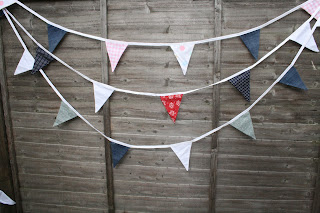Whilst waiting for summer to actually get here so I can start all my outdoor makey things, I've had to make do with indoor projects. I've made this pinboard whilst humming a sun dance incantation tune...
It's such a wonderfully simple idea and such a lovely way to display postcards and notes.
I've used a Barthomelew's cloth map from the 1950's (these can be picked up on eBay for less than a fiver). I love the look of the map where it's gone a bit threadbare on the creases. I've also used a picture frame that I had spare in the house, but again keep your eyes peeled at boot fairs and charity shops otherwise a new frame can be quite expensive.
Use the back board of the frame to glue the map to. Pva glue is my glue of choice for most projects as it's cheap, easy to use and dries clear. You may need to cut the map to fit the board. This does feellike you are defacing an antique, but I promis e you, that feeling passes once it's finished and looking all pretty on your wall. I found I had to trim the map's width, but it was a bit short in the height. This really doesn't matter, the frame will hide some of this and the key word here is shabby; It's not supposed to look pristine.
Reattach the frame. As this was a varnished frame, I have just rubbed it down with sandpaper to take the sheen off and age it a bit. Decide how far you want the spacing between the strings and then use tacks, pins or staples to attach the string. I tied the string off at one corner and then used the tacks to wind the string around.
Do not forget to tie the string off where it crosses another piece of string or it won't hold cards!
I also bought some little wooden pegs so that I can attach other things to the board to make it pretty and interesting. This is also a great idea to make for a Christmas or birthday present (especially the 'difficult to buy for' men in the family) and can be a county or country personal to the recipient.
















